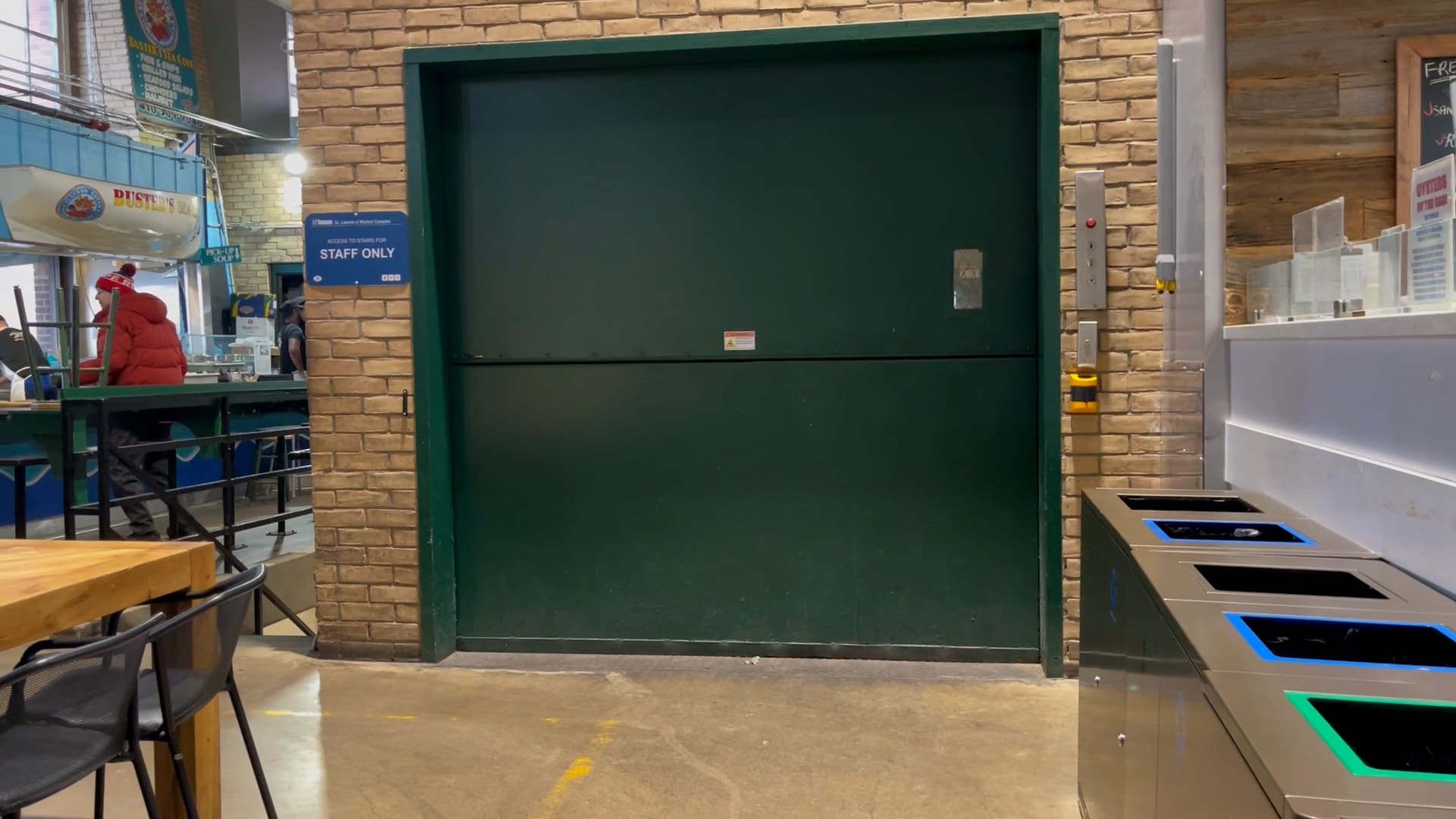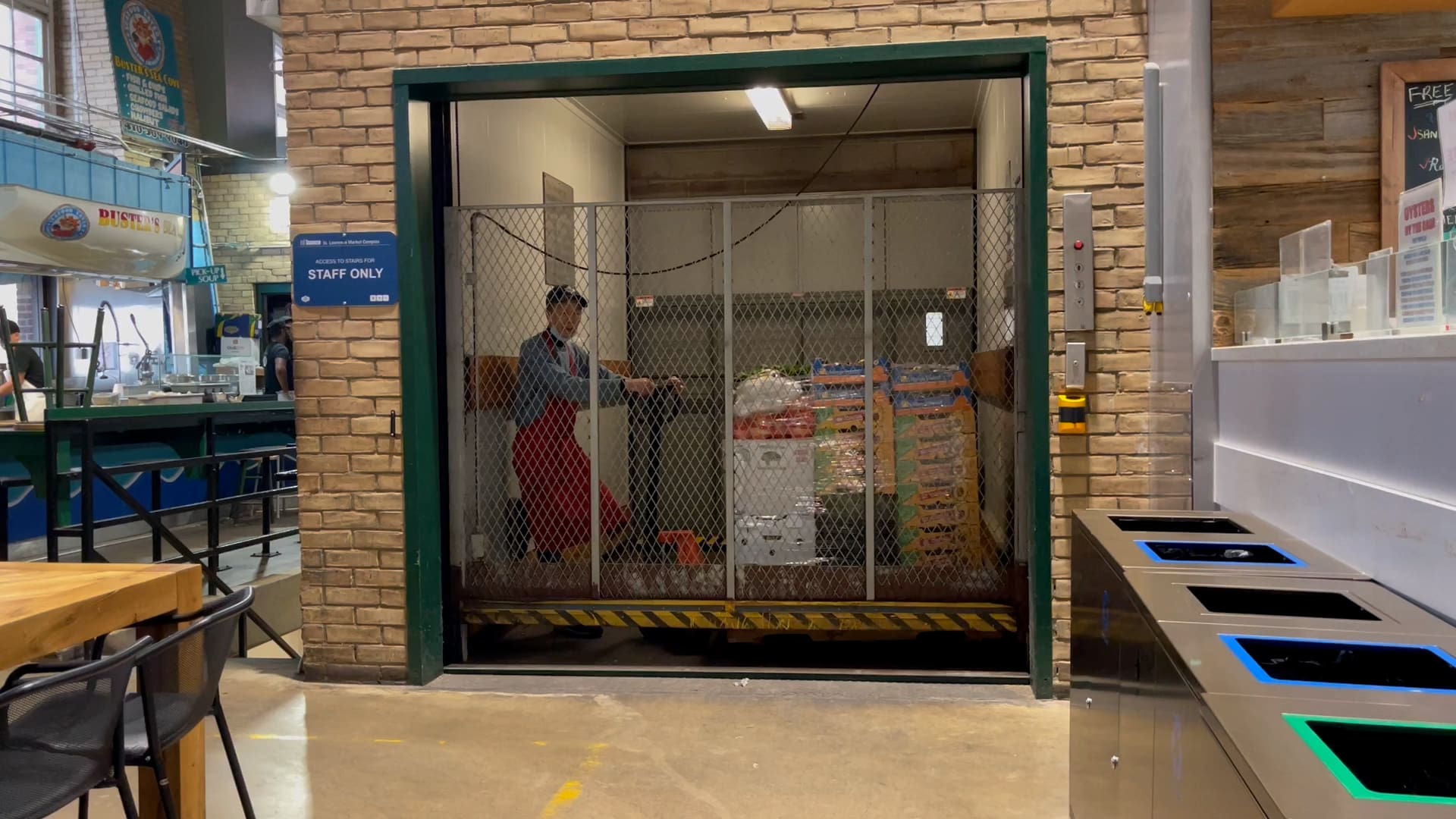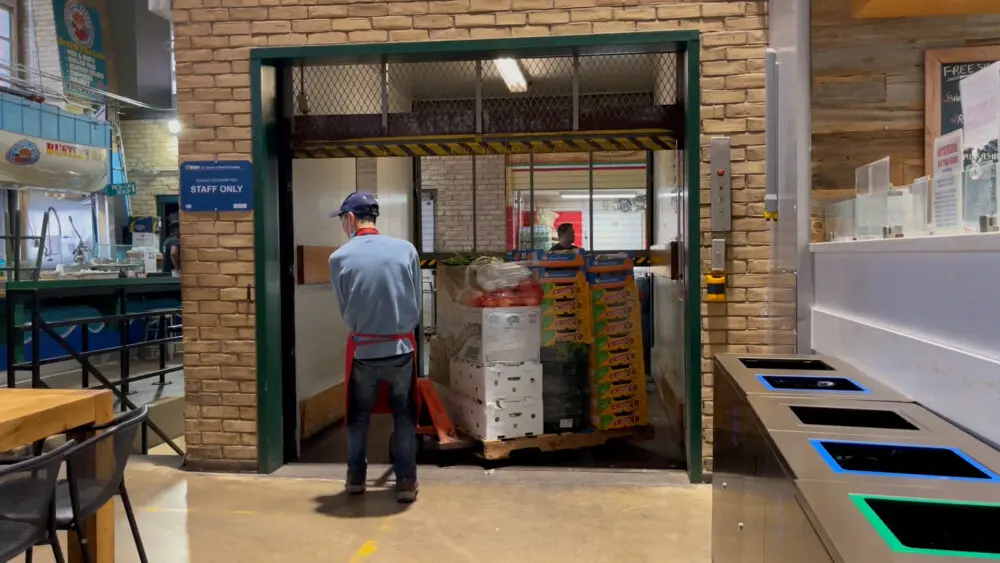A Guide for Stakeholders and Elevator Professionals
ELEVATOR WORLD Middle East • 2nd Quarter 2023
In the elevator industry, there is a clear distinction between pre-engineered and application-designed freight elevators. Both types have their place; for example, a service elevator with horizontal doors is considered a pre-engineered solution, while a freight elevator or goods lift with vertical doors is an application-designed solution. The key focus should be on delivering the right freight solution to stakeholders, including owners, facility managers, and tenants. This selling process begins when sales discovery reveals that the elevator will be used to transport freight or goods.
When stakeholders or architects collaborate with an elevator professional during the sales discovery process, effective communication about the proposed facility’s purpose and its potential tenants is essential. The elevator professional should assess various factors, including who will be using the elevator, the frequency of use, the purpose of trips, elevator traffic volume, the potential elevator location, and the types of materials being stored, produced, and transported.
A critical consideration during this phase is understanding how vital the elevators are to the building’s operations. For example, a multi-floor parking garage cannot function without automobile lifts; a retail store cannot sell products if those products don’t reach the shelves; manufacturing facilities require raw materials for production; and shippers need access to loading docks to load goods onto delivery trucks. There are several options for moving freight and goods within a building, including material lifts, service elevators, and freight elevators.
Material lifts, which may be non-passenger or limited-use passenger-rated, cater to a niche market and can either be standard pre-engineered packages or application-designed solutions. They are well-suited for integrated conveyor systems, inventory retrieval, and mezzanine storage. In contrast, service elevators combine passenger elevator features with a durable interiors suitable for transporting lightweight materials, furniture, and service carts. They are typically pre-engineered and ideal for use in hotels, residences, office buildings, hospitals, and similar environments.
Freight elevators, on the other hand, are heavy-duty lifts designed for non-public use and tailored to specific applications, such as retail stores, grocery facilities, factories, distribution centers, warehouses, garages, museums, government buildings, convention centers, and power plants. Selecting the appropriate freight solution is crucial for maximizing elevator performance and uptime. Freight elevators are specifically engineered for transporting heavy volumes of materials using carts, hand trucks, pallets, lift trucks, or vehicles.

Statistics indicate that 80-85% of elevator shutdowns are related to hoistway doors. Therefore, vertical doors are equipped with unique features including robust construction, independent operation, sequence operation, independent locks, a truckable sill, and a space-saving design. If a service elevator with horizontal doors is specified for a freight application instead of a freight elevator with vertical sliding doors, stakeholders may experience frequent, unavoidable shutdowns due to issues with the hoistway doors.
Horizontal sliding doors, being more susceptible to damage, can lead to extended downtime if a pallet of materials accidentally pushes a door off its track. Conversely, vertical-sliding doors are designed to withstand incidental impacts; they are thicker, more robust, and ride on vertical tracks. During the sales discovery phase, it is advisable for stakeholders to review the current operations and assess the elevator needs, as well as discuss expectations for the installed solution.
Selling the right freight solution is not complicated. Freight elevator and door manufacturers, along with the consulting community, offer valuable resources to define the best solution for stakeholders.
To successfully sell the right freight solution, stakeholders should consider hiring an elevator consultant to ensure they receive the most suitable option. Engaging directly with an elevator service contractor is another route, but contractors often prefer solutions that align with their product lines. Stakeholders should not accept substitutions if a freight elevator or goods lift with vertical sliding doors is specified, as that is based on the insights gathered during the sales discovery process. Likewise, stakeholders have a responsibility to question any recommendations that diverge from the specified requirements.


